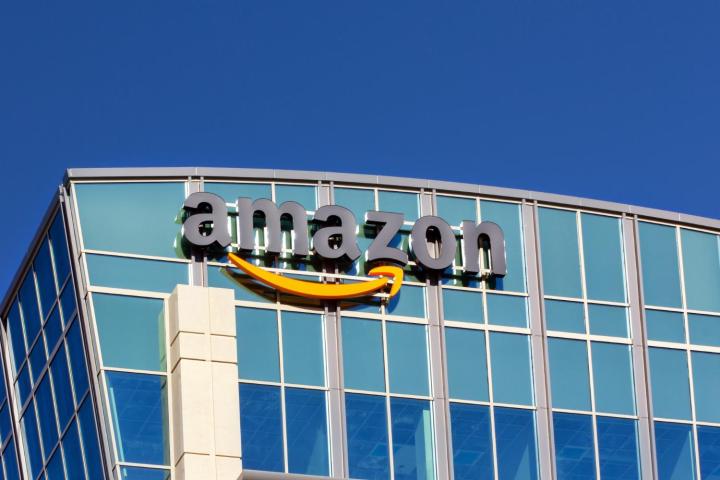
While such “click and collect” services have become popular with consumers in Europe, a similar collection option is yet to really take off in the U.S.. Amazon, however, evidently feels the time is right to experiment with such an offering, the first of which is likely to be constructed in Sunnyvale, according to the Silicon Valley Business Journal.
For customers ordering via AmazonFresh it’d mean zero shipping costs and more options for how to receive goods. Amazon’s grocery delivery service is already offered in Sunnyvale and wider Silicon Valley, so the option to collect could prove attractive to those who don’t like dealing with delivery windows and prefer instead the convenience of dropping by a depot to pick up their goods.

Amazon, meanwhile, would benefit from reduced pressure on its delivery services – a costly and logistically challenging part of its operation – and could pull in more customers attracted by additional options for getting hold of their groceries.
The company’s reported move to expand its distribution strategy would certainly add pressure to existing brick-and-mortar supermarkets close to the depot, forcing them to review their own range of offered services in order to retain customers.
According to the Business Journal, plans for a new 11,600-square-foot construction and grocery pickup area have been submitted by a real estate developer. While Amazon isn’t named in the documents, unnamed sources with knowledge of the situation told the news outlet that Amazon is the likely tenant.
The company’s long-term plan for click-and-collect depots isn’t known, but it’s thought it’s initially planning “multiple sites in Silicon Valley” before considering a wider rollout.
Amazon isn’t commenting, but Kantar Retail analyst Nicole Santosuosso, who takes a keen interest in how the Seattle-based company operates, says she can see why the e-commerce firm is apparently looking to enhance its distribution methods.
“Amazon’s entire value proposition is based on this idea of immediacy, and getting items to the shopper as quickly as possible,” Santosuosso told the Business Journal, adding, “I could see something like this being tied into that overall value proposition.”
Amazon has been taking its time rolling out AmazonFresh across the U.S, though CEO Jeff Bezos says he’s keen to bring it to more cities over time. Once the service lands in more locations, Amazon could follow up with click-and-collect depots if the one reported to be coming to Sunnyvale proves popular with customers and cost effective for the company.
Editors' Recommendations
- Amazon expands Fresh grocery delivery for non-Prime members
- Amazon is planning to open its largest retail stores to date
- Amazon launches its first cashier-free grocery store in Seattle
- Brits love click-and-collect shopping, but many fail to pick up their items


